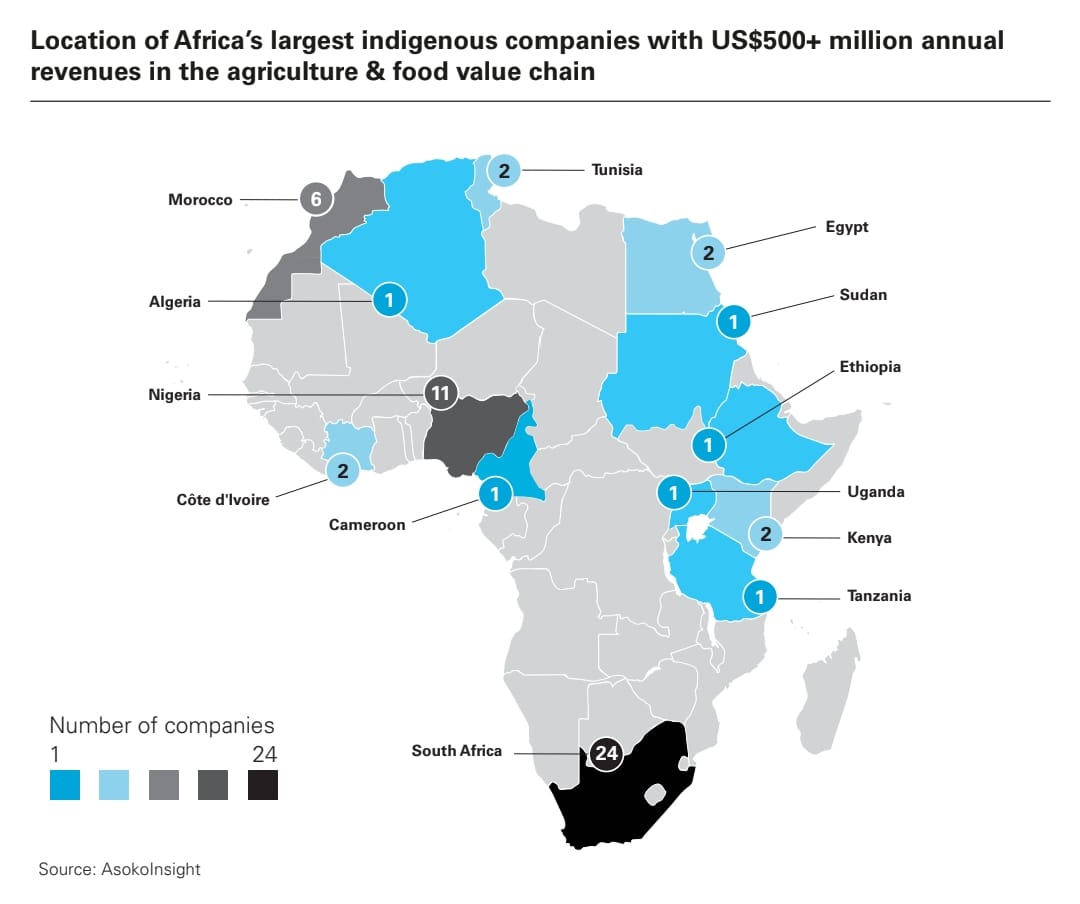
Modern business strategy must incorporate a wider range of capitals, notably environmental and social capital, and it must recognise that most value is driven by people. New research by AICPA & CIMA, in partnership with the World Business Council for Sustainable Development, looks at the implications these changes have for formulating and executing organisational strategy.
In recent years there have been dramatic shifts in the business landscape. In the past, capital mainly focused on the tangible and financial. Today up to 90% of a company’s value rests in intangible assets. Environmental and social capital forms a vital part of the value creation process, and the value creation process is fundamentally driven by people.
These changes mean that formulating and implementing organisational strategy is a more complex endeavour than in the past. Because value is created by people, everyone in the organisation needs to understand the strategy, and their role in executing it.
AICPA & CIMA’s Integrated Performance Management research project is an attempt to work out what type of organisational arrangements would best facilitate execution of muti-capital strategies in this new environment. We wanted to know what an organisation with strategy execution embedded in everything it does would look like.
The answer we arrived at is the Integrated Performance Management (IPM) framework. It has components related to leadership, culture, resource management and processes, all of which link up to form a new blueprint for optimising organisational performance.
Leadership
The most critical component of the IPM framework is a shift in the ‘power hierarchy’ of an organisation. In essence, responsibility, authority and ownership of strategic objectives should change so that the organisation strikes a better balance between functional excellence and strategic execution.
Authority should reside with strategic leaders and strategic objectives would be owned by ‘Strategic Executive Officers’ (SEOs). They can access functional expertise on a supply-and-demand basis in a strong matrix structure where authority, accountability and responsibility are invested with the SEOs.
Processes
To improve accountability and allocate resources effectively, the IPM framework sets out a three-step process for identifying and clarifying the relative influence different strategic initiatives have on overall organisational strategy. The process should establish connectivity between initiatives and allow all employees to see the contribution their work makes to the organisation and work together in harmony with the overall strategy.
Performance Culture
A performance culture is an environment where people are empowered, trusted and engaged. They are able to drive the strategy and create value. Everyone must understand and be motivated by the overarching purpose of the business. They must be clear how the strategic initiatives they work on relate back to this purpose and therefore the role they are playing in helping the organisation achieve its goals.
A key part of this is engaging people at all levels of the organisation in conversations about the strategy. If strategic initiatives are in the hands of empowered SEOs it should be possible to demonstrate the link between what any particular team is doing and the overall objectives of the organisation. This is a significant advantage over the focus on functional excellence you often see in more traditional organisations.
Resource Management
We wanted to find a way to address the weaknesses of using a ‘goal cascade’ process for allocating capital. The problem with communicating and assigning goals downwards through the organisational hierarchy in the traditional manner is that different managers may have different interpretations of what is required, or take decisions which favour their own strengths or interests as opposed to those needed for the organisation’s strategy.
Under IPM, budgets are set for strategic initiatives which are determined using productivity measures. From these it is possible to work out the requirements for the functional budgets based on expected usage. SEOs and functional leaders would be free to determine resource allocation within their strategic initiatives, because this will be the most effective way to empower them to meet their goals.
Taken together, these ideas point to a new type of business, focused on achieving its goals. Key to achieving this is an empowered workforce, all of whom feel they are contributing to the overall purpose of the organisation.
These suggestions should pose some interesting questions to all business leaders. I hope the research provokes some deep thinking about how effective their organisations are at executing their strategies, and what could be done to optimise them in the future.
Paul is the Country Director for Ghana at AICPA & CIMA
The post From functional excellence to strategic execution appeared first on The Business & Financial Times.
Read Full Story













Facebook
Twitter
Pinterest
Instagram
Google+
YouTube
LinkedIn
RSS